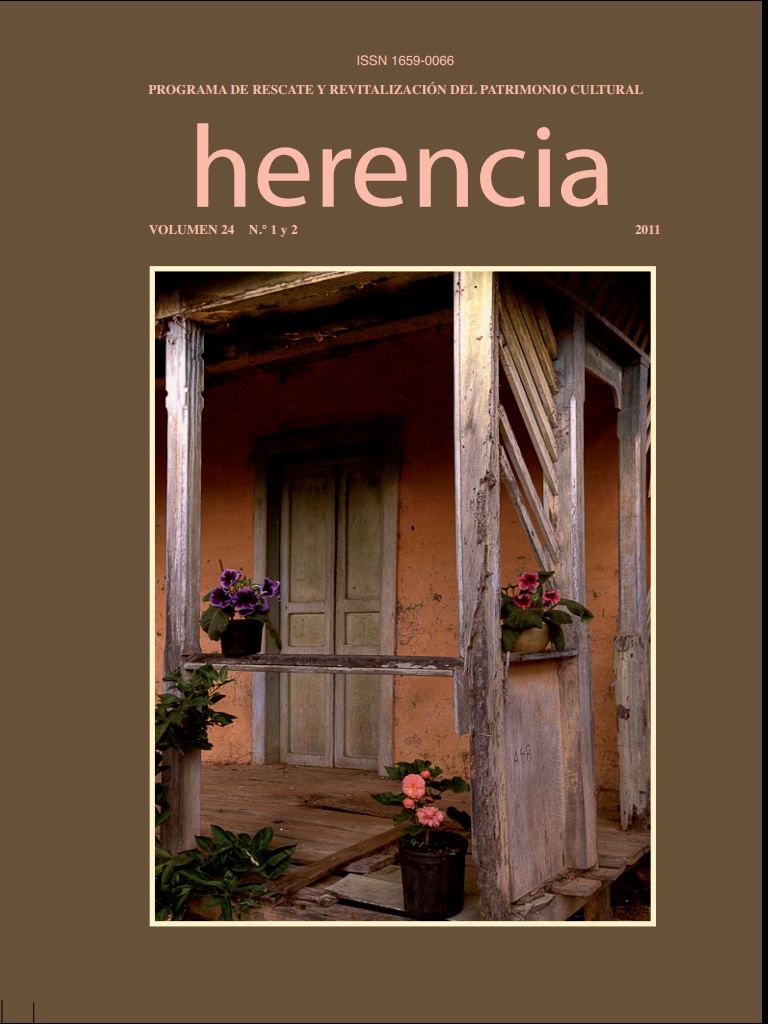Abstract
Soil Architecture in the canton of Santo Domingo, Heredia, Costa Rica, represented by more than 120 adobe and bahareque houses, is significant evidence of a time of great economic development in the country: the coffee growing prosperity of the mid 19th century. This type of architecture could become the new driver in the development of this town, whose local “domingueña” identity -rich in traditional values- and its tangible patrimony remain to shape a cultural landscape of high visual quality.
The Value Enhancement [(o restoration the value)] of this patrimonial treasure in the everyday life of “domingueños” is urgent due to the constant threat of urban development, which has already started to devastate it. The community has come up with their own initiatives to start the process of conservation by intervening in three priority areas:
Sensibilization: strategy to get to the local people and raise awareness about their values and traditions as well as the relationship of the city with its environment.
Training: guidelines to recover the traditional job of soil architecture, based on the experiences of other countries and the adaptation to the specific conditions of our architecture.
Restoration: preliminary students to restore adobe and bahareque houses, which will determine the characteristics to be recovered and the necessary improvements in the structural and environmental conditions of this building typology to adapt to modern times.

